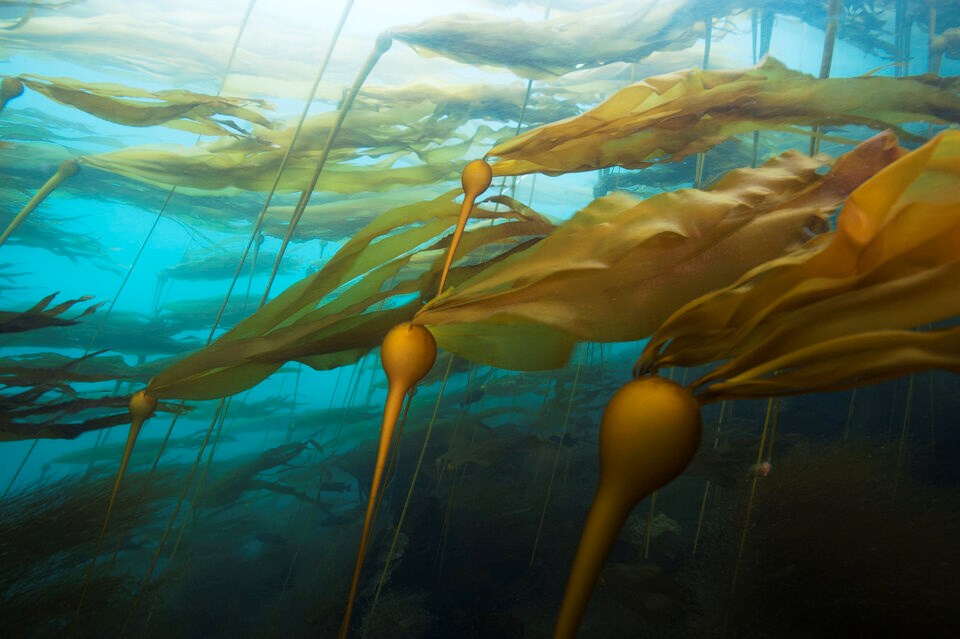Two decades ago, James Goedert was poking around the shores of the Olympic Peninsula just opposite Sombrio Beach on the west coast of Vancouver Island.
At low tide, the amateur fossil hunter from Tacoma, Washington, kept seeing what looked like ancient root systems sticking out of exposed bedrock.
For years, Goedert would toss aside the root masses at a time when his hobby had started to spiral into a “second job” — working with scientists around the world to uncover fossils.
“It’s just kind of snowballed. It just keeps getting bigger,” he said in a recent interview.
The interest that inspired his visit to that Washington beach was sparked by a 1983 vacation to New Zealand. On that trip, he says, he found one of the country’s earliest records of a sea turtle.
Before returning to North America, the scientist he left the turtle specimen with showed Goedert maps of fossil hot spots along the Washington and Oregon coastlines.
“He said: ‘Go look in these areas.’ So that’s what I did,” Goedert said. “And it’s led to all kinds of things.”
Washington, like B.C., is home to a number of fossils from the Oligocene and late Eocene, an important evolutionary moment in the development of whales about 30 million years ago.
For years, the root masses just didn’t seem as important as ancient marine-mammal bones.
“It just wasn’t what we were looking for. We were looking for bones,” he said.
Goedert also had no idea what the root masses were, until one day when he was on the beach eating lunch and a pile of kelp washed up.
“It finally dawned on me,” he said.
The roots were actually kelp “holdfasts” — the root-like structure the seaweed uses to anchor to the ocean floor as it grows up the water column in search of light at the surface.
Goedert sent the samples off to Steffen Kiel, senior curator at the Swedish Museum of Natural History in Stockholm, with whom he had worked in the past.
Two decades later, the two are part of a team that has upended what many thought they knew about the evolution of kelp forests off the coast of British Columbia and Washington state.
The fossils Goedert found on the beach are now evidence that kelp forests are more than 32 million years old — twice the age previously thought, according to their study, recently published in the journal Proceedings of the National Academy of Sciences.
Because kelp forests form the base of a complex marine ecosystem, locating kelp fossils double the age of what had previously been found means the complex myriad of life that relied on the macro-algae is also much older than anyone thought, said study co-author Cindy Looy.
“The age of this old kelp was a big surprise,” Looy, an associate professor in the University of California, Berkeley’s Department of Integrative Biology, said in an email.
In addition, the scientists found the long “stipes” or stems that connect kelp’s holdfasts to their gas-filled bladders on the surface were likely more flexible in their early form.
That may have allowed the ancient kelp to act as an important source of food for extinct manatee-like creatures that plied the shallow waters of the northern Pacific Rim, from southern Japan to Baja California.
That may have allowed the ancient kelp to act as an important source of food for extinct manatee-like creatures that plied the shallow waters of the northern Pacific Rim, from southern Japan to Baja California.
For a long time, people have wondered about the diet of desmostylians, a now-extinct large, swimming, vegetarian relative of elephants and seacows that lived close to our shores between 28 and seven million years ago, Looy said. “So now we know that they may well have lived on munching kelps.”
After Kiel dated the fossils, he sent them off to Looy to take X-ray slices.
Inside the holdfast, the X-rays turned up a barnacle, a snail, a mussel and a tiny, single-celled organism.
Those X-rays showed that while kelp-based ecosystems are much older than once thought, the organisms associated with the oldest kelp forests tended to be “rather species-poor compared to the vast diversity we see nowadays,” Looy said.
It wasn’t until 14 million years ago that kelp forests had grown into a flourishing habitat, supporting everything from bivalves — including clams, mussels and oysters — to larger creatures, like the kolponomos, an extinct marine bear and predecessor of the sea otter.
Today, kelp forests off B.C.’s coast are important, rich ecosystems that feed and shelter an incredible network of species. The kelp fossils show that to achieve that diversity of life required significant trial and error, an evolutionary process involving the arrival and disappearance of a number of species.
That makes the fossils a first step in understanding how kelp forests first emerged. Goedert says his finds were not isolated and B.C.’s cooler shorelines could be home to even more ancient fossils that could push their arrival back even further.
Kiel said that should inspire anyone walking along the beach to pay attention to what Goedert calls “oddball things,” and perhaps help fill in pieces of the evolutionary puzzle.
“One day, it’s just a lot rolling around on the beach and the next day, you know, it’s scientific data,” Goedert said. “All I had to do is just pick it up. You just have to know what you’re looking for.
“It’s better than sitting at home watching football.”



